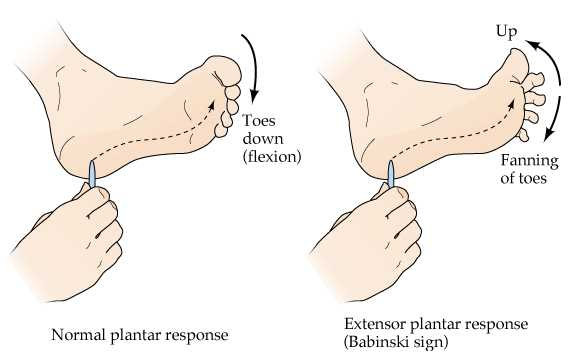A nurse is teaching a client who has genital herpes about the physiological effects of the infection. Which of the following statements by the client indicates that the teaching has been effective?
"The medication will decrease manifestations but not cure the infection."
"I need to take all the antibiotics, as prescribed, to treat the infection."
"If I don't have any lesions, I can't transmit the infection to my partner."
"Once I finish the medication, my partner is not at risk for getting the infection."
The Correct Answer is A
Choice A reason:
This statement is correct. Medications for genital herpes, such as antiviral drugs, can help decrease the severity and frequency of symptoms but do not cure the infection. The herpes simplex virus remains in the body and can cause recurrent outbreaks.
Choice B reason:
This statement is incorrect and indicates a misunderstanding. Genital herpes is caused by the herpes simplex virus and cannot be treated with antibiotics, which are effective only against bacterial infections. Antiviral medications are used to treat viral infections like genital herpes.
Choice C reason:
This statement is incorrect. Genital herpes can be transmitted to a partner even when lesions are not present. The virus can be shed from the skin even without visible symptoms, a process known as asymptomatic viral shedding.
Choice D reason:
This statement is incorrect. Even after finishing a course of medication, the risk of transmitting genital herpes to a partner remains because the virus persists in the body. Safe sex practices, including the use of condoms, can help reduce the risk of transmission.
Nursing Test Bank
Naxlex Comprehensive Predictor Exams
Related Questions
Correct Answer is A
Explanation
Choice A reason:
Babinski's sign is a neurological reflex that's tested by stroking the sole of the foot. A positive Babinski's sign, which is normal in infants but abnormal in adults, is indicated by dorsiflexion of the great toe (the toe points up) while the other toes fan out. This reflex suggests dysfunction of the corticospinal tract, which may be due to various neurological conditions. In the context of a stuporous patient with an unrepaired femur fracture, a positive Babinski's sign could indicate an acute neurological change possibly related to the injury or a secondary complication such as a fat embolism syndrome, which can occur after fractures and may affect the brain.
Choice B reason:
Pronation of the arms is not associated with Babinski's sign. Pronation is a rotational movement where the hand and upper arm are turned inwards. While arm movements are part of the neurological examination, they do not constitute a response to the plantar reflex test used to elicit Babinski's sign.
Choice C reason:
Pinpoint pupils may indicate opioid overdose or damage to the pons due to various causes, but they are not a component of Babinski's sign. Pupil size and reaction to light are important in neurological assessments, but they are separate from the reflexes tested by the Babinski sign.
Choice D reason:
Jerking contractions of the head and neck are not related to Babinski's sign. These could be indicative of seizure activity or other neurological disorders but are not a response to the plantar reflex test.

Correct Answer is A
Explanation
Choice A reason:
Difficulty with abduction of the arm at the shoulder is a common finding in clients with a rotator cuff injury. The rotator cuff is a group of muscles and tendons that stabilize the shoulder joint and facilitate its movement. When these muscles or tendons are injured, movements such as lifting the arm away from the body (abduction) can become painful and difficult.
Choice B reason:
Alteration in the contour of the joint is not typically associated with a rotator cuff injury. This finding is more indicative of conditions that cause changes in the bone structure, such as arthritis or dislocation.
Choice C reason:
A positive Tinel's sign is used to diagnose nerve compression or nerve damage, particularly in conditions like carpal tunnel syndrome. It is not a test used to assess rotator cuff injuries.
Choice D reason:
A negative drop arm test would suggest that the client does not have a rotator cuff injury. The drop arm test is performed by having the client lift the arm to 90 degrees and then slowly lower it. If the client can control the motion and lower the arm smoothly, the test is negative. A positive drop arm test, where the client cannot control the descent of the arm, would indicate a rotator cuff injury.
Whether you are a student looking to ace your exams or a practicing nurse seeking to enhance your expertise , our nursing education contents will empower you with the confidence and competence to make a difference in the lives of patients and become a respected leader in the healthcare field.
Visit Naxlex, invest in your future and unlock endless possibilities with our unparalleled nursing education contents today
Report Wrong Answer on the Current Question
Do you disagree with the answer? If yes, what is your expected answer? Explain.
Kindly be descriptive with the issue you are facing.
